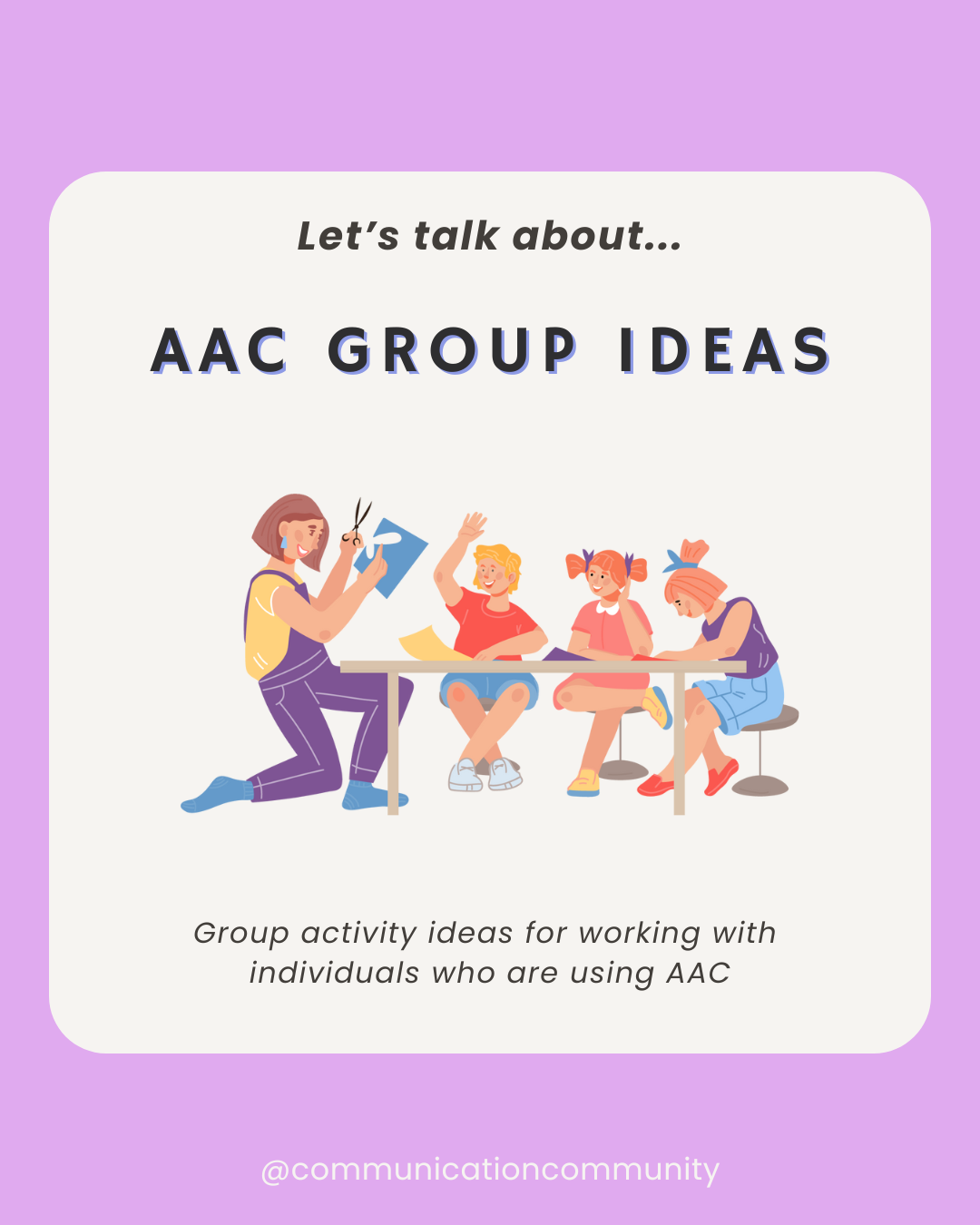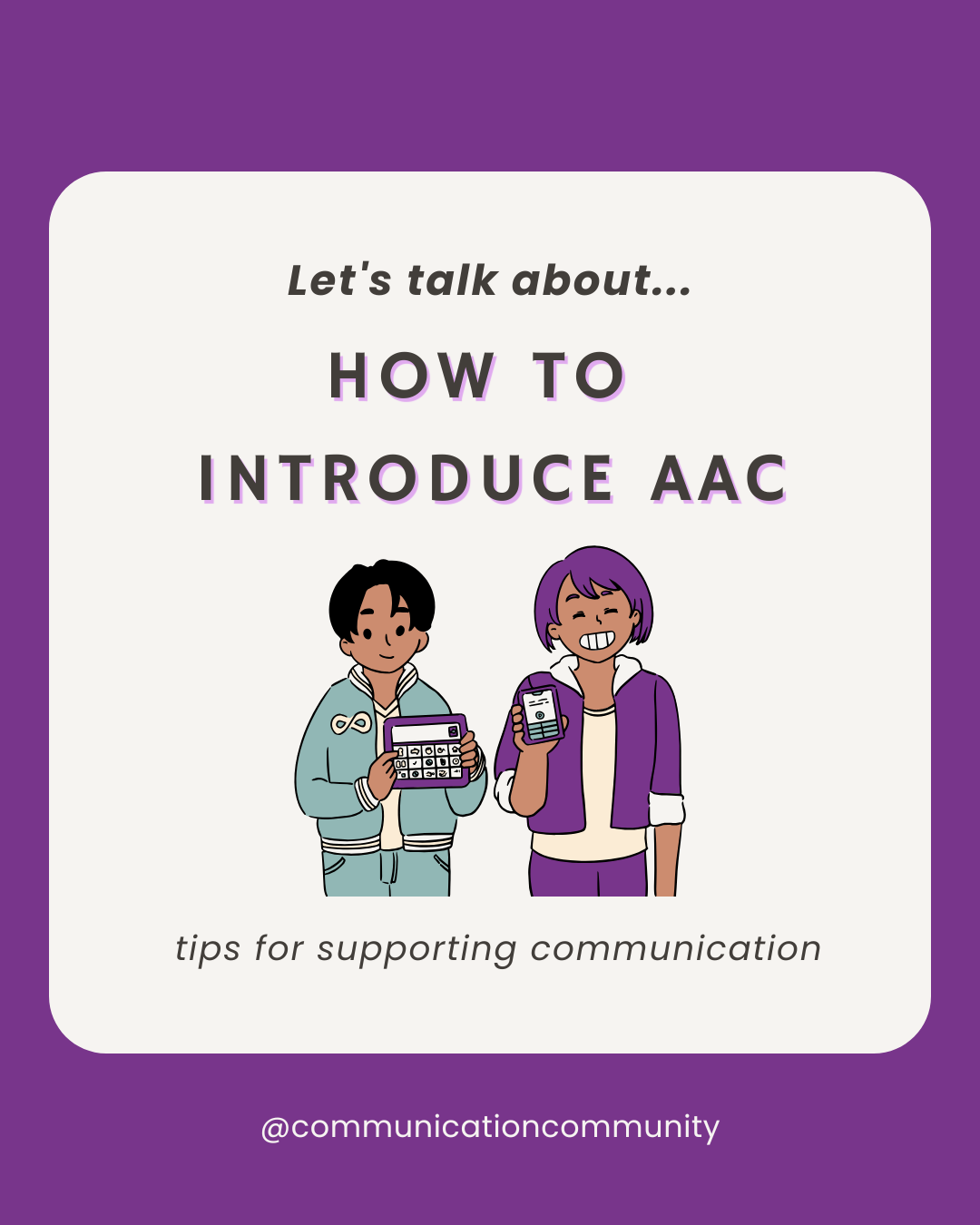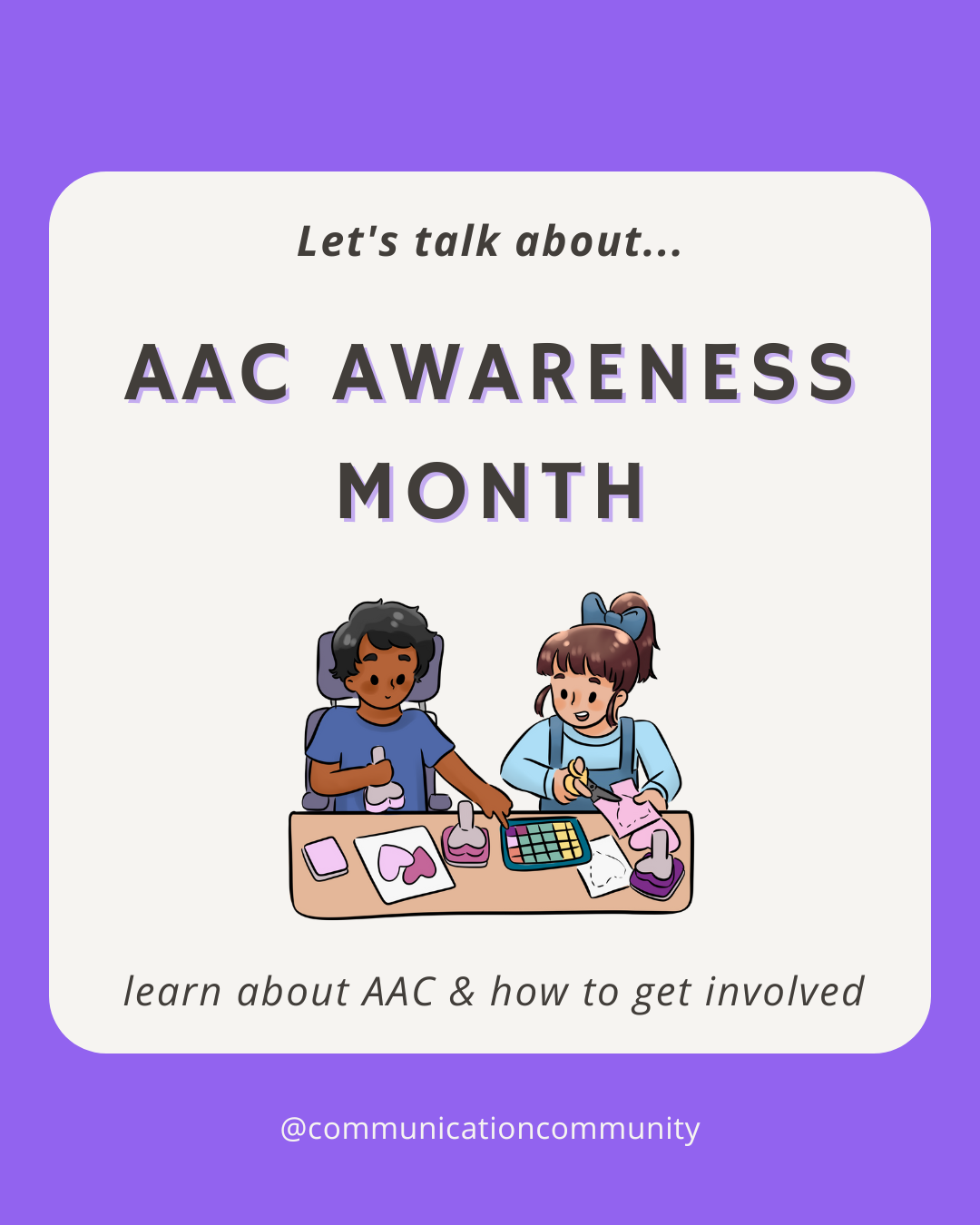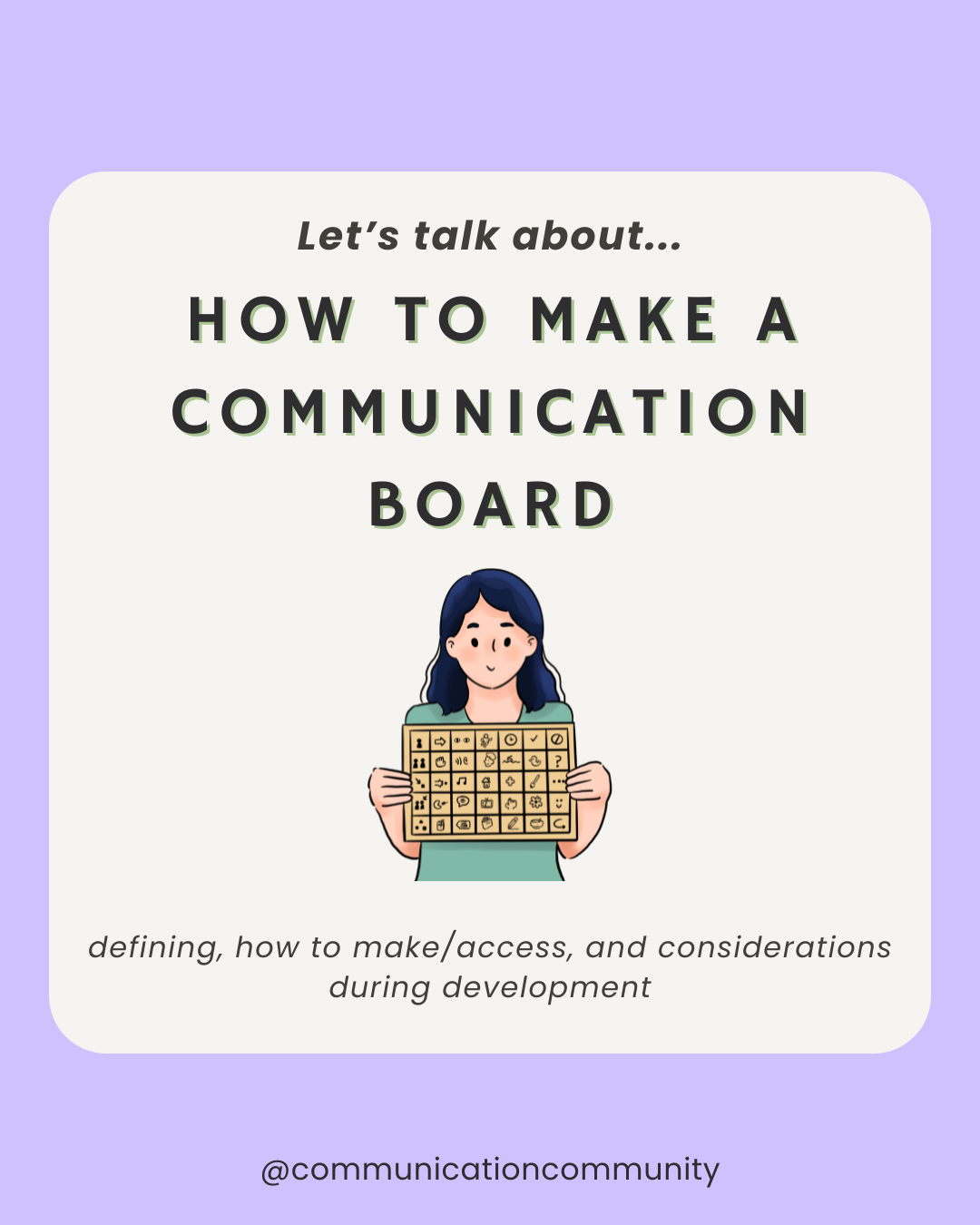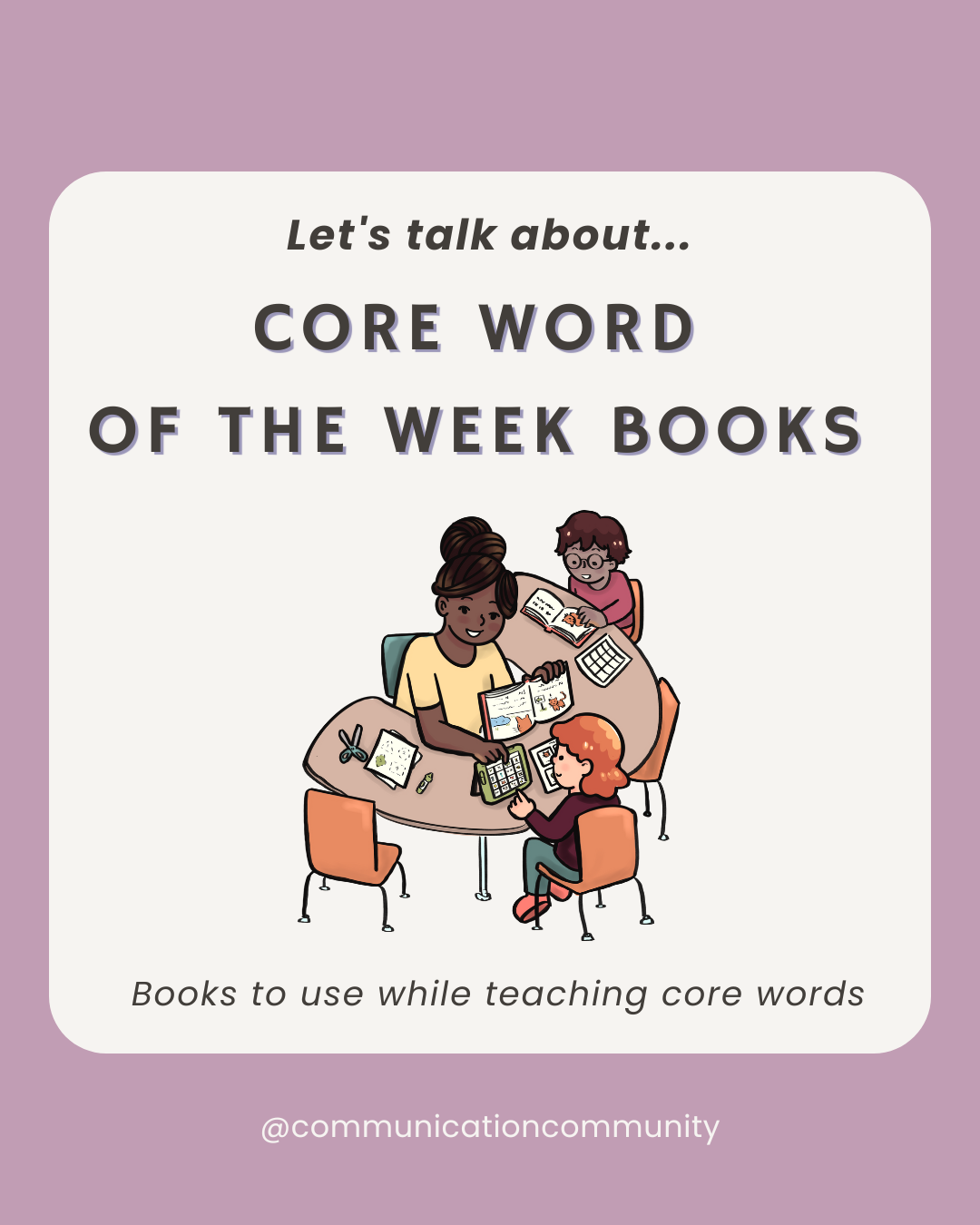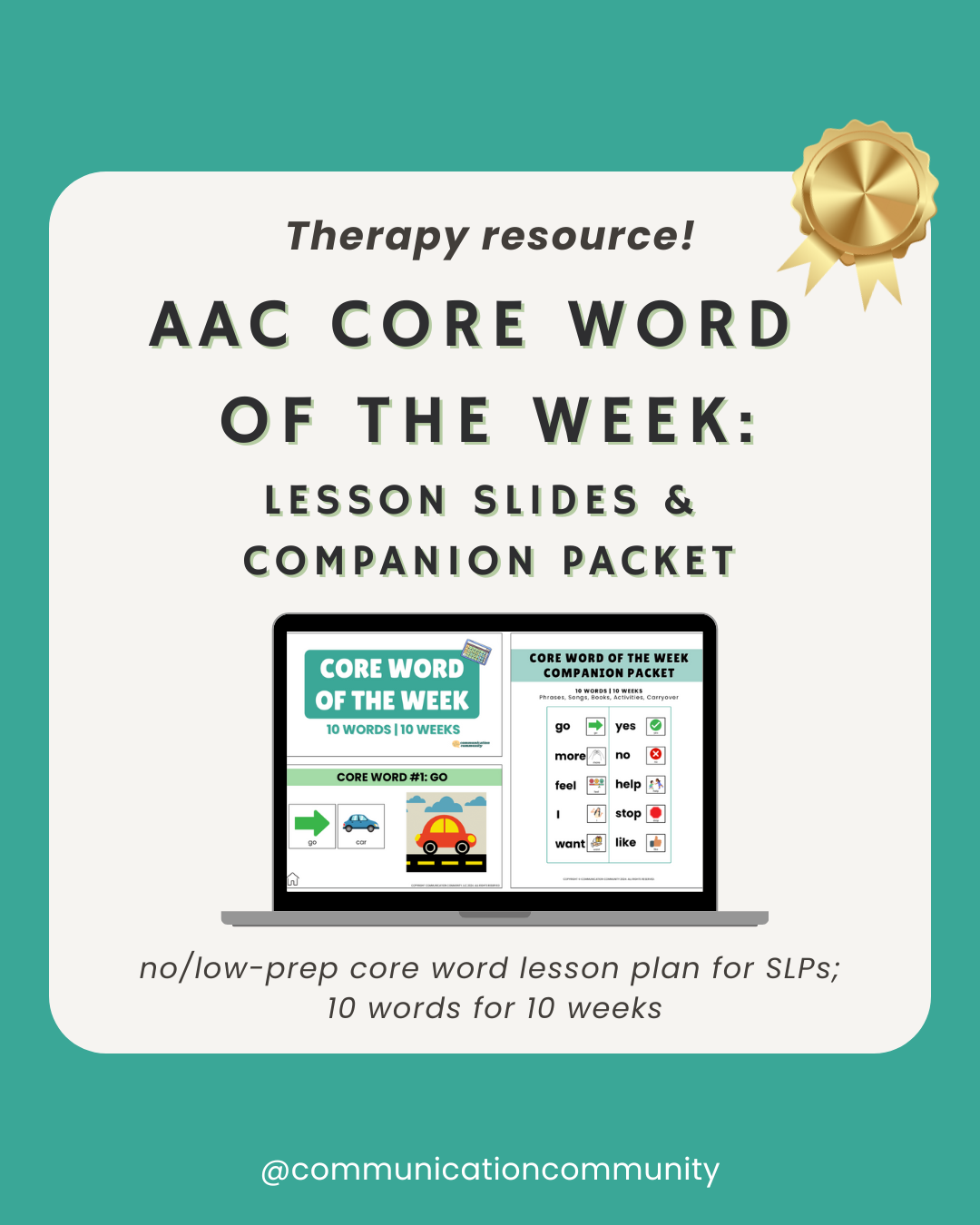If you are working with an individual who uses an augmentative and alternative communication (AAC) system, you probably want to find ways to engage them and encourage communication. You may even be helping run or lead an AAC group, where multiple individuals use AAC and are all developing language and communication skills. Continue reading to check out some of our favorite AAC group speech therapy activities.
Supporting AAC Users
Individuals who use AAC are not a homogeneous group; some individuals have simple core word boards with just 6-20 words where others have speech-generating devices with over 1000 words. You can modify any activity and provide more or less support depending on individual needs. Some individuals may be best able to communicate in one- or two-word phrases, whereas others can communicate in full sentences. Some individuals are multimodal communicators, which means they may use gestures, manual signs, and/or spoken words in addition to their high tech AAC systems. Having flexibility and understanding the overall goal is to promote connection and communication is key.
Additional resources that may be helpful when planning activities and working on developing language skills include how to make a communication board and how to choose fringe words. Communication boards and fringe words can be added and adapted for different group contexts/settings, some of which are mentioned below.
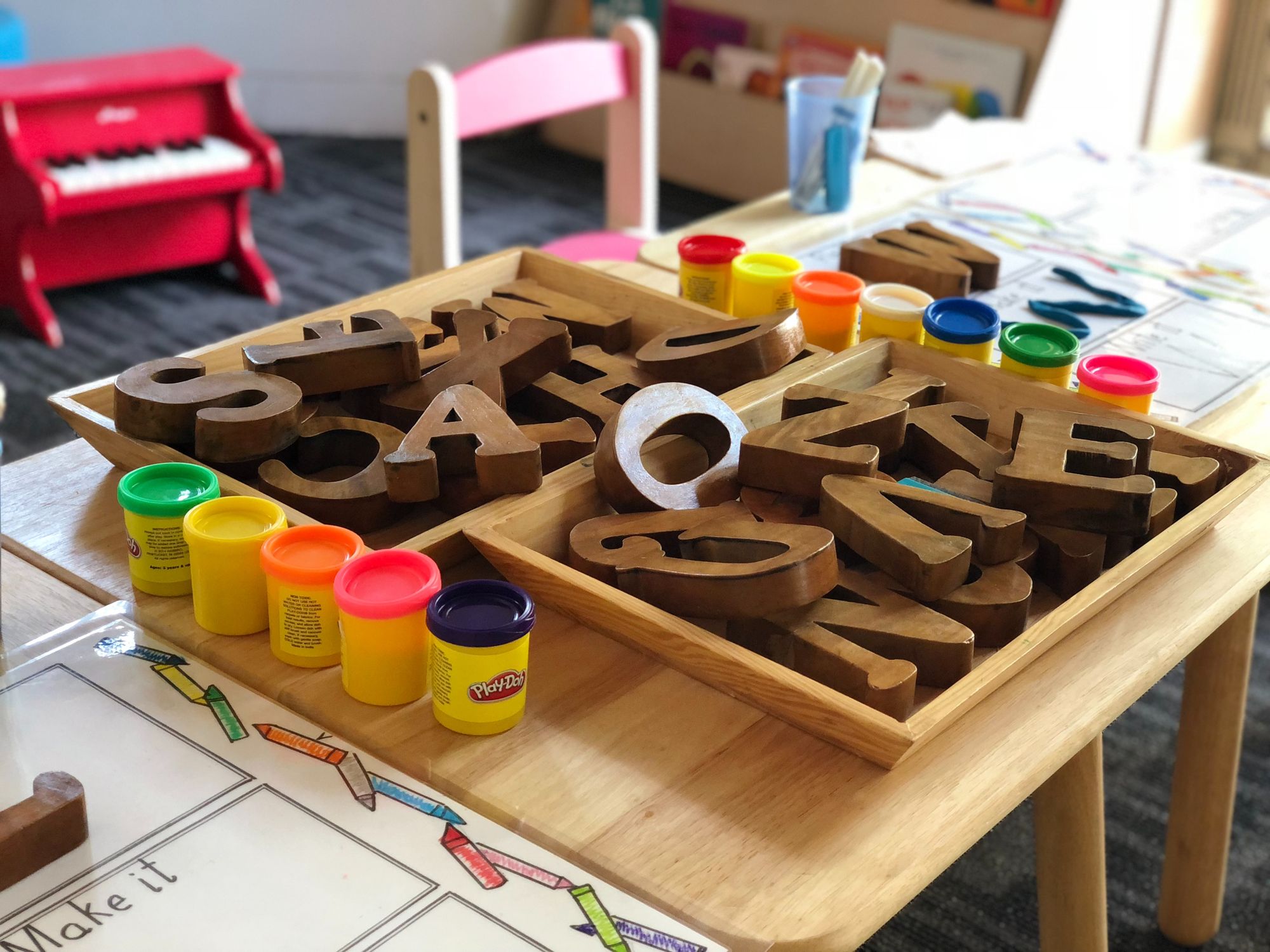
AAC Group Speech Therapy Idea #1: Get to know each other
When we discussed the different communication functions and AAC, we talked about asking and answering questions. In a group AAC session, you can work on asking and answering questions to promote connection between others. Find some question suggestions below.
Question Suggestions
Orientation questions:
- How are you feeling today?
- What is the day today?
- What is the date today?
- What is the weather like?
- What are you doing today?
Activity questions:
- What do you like to do at home?
- What is your favorite class at school?
- What kind of games (TV shows, toys, sports) do you like?
- Do you like to play ____?
- Do you like to ____?
“Favorite” questions:
- What is your favorite holiday?
- What is your favorite color?
- What is your favorite game?
- What is your favorite sport?
- What is your favorite activity?
- What is your favorite food?
AAC Group Speech Therapy Idea #2: Play games with each other
Some of our favorite games for encouraging connection and communication include Connect 4, CandyLand, Sorry, and Uno. Playing games involves many communication functions, including requesting, protesting, and asking and answering questions. Additionally, playing games may also be more fun and engaging for individuals.
Language and communication opportunities while playing games include:
- Indicating what color or game piece each individual wants
- Deciding and figuring out whose turn it is
- Requesting game pieces or die
- Saying what spot you’re going to or what number you rolled
As mentioned before, messages and communication styles may vary from individual to individual. Some may just use a few core words when playing, such as “go,” “more,” “I,” and “you,” whereas others use full sentences, e.g. “It is my turn,” or “I want yellow.”
AAC Group Speech Therapy Idea #3: Completing arts and crafts
Arts and crafts activities are fun and can encourage communication between others. Almost all of the communication functions may be used when completing an arts and crafts activity: requesting, protesting, describing, asking questions, answering questions, and describing. Arts and crafts generally require the use of many materials, such as crayons/markers, scissors, glue, paper, pipe cleaners, paper plates, and more. You may have each individual be in charge of handing out one material, so the remaining individuals in the group have to request the material from that person. For example, person A may be in charge of handing out crayons, and person B in charge of handing out scissors. After completing the craft, each person can go around and describe what they made.
⭐ Looking for additional AAC resources and support?
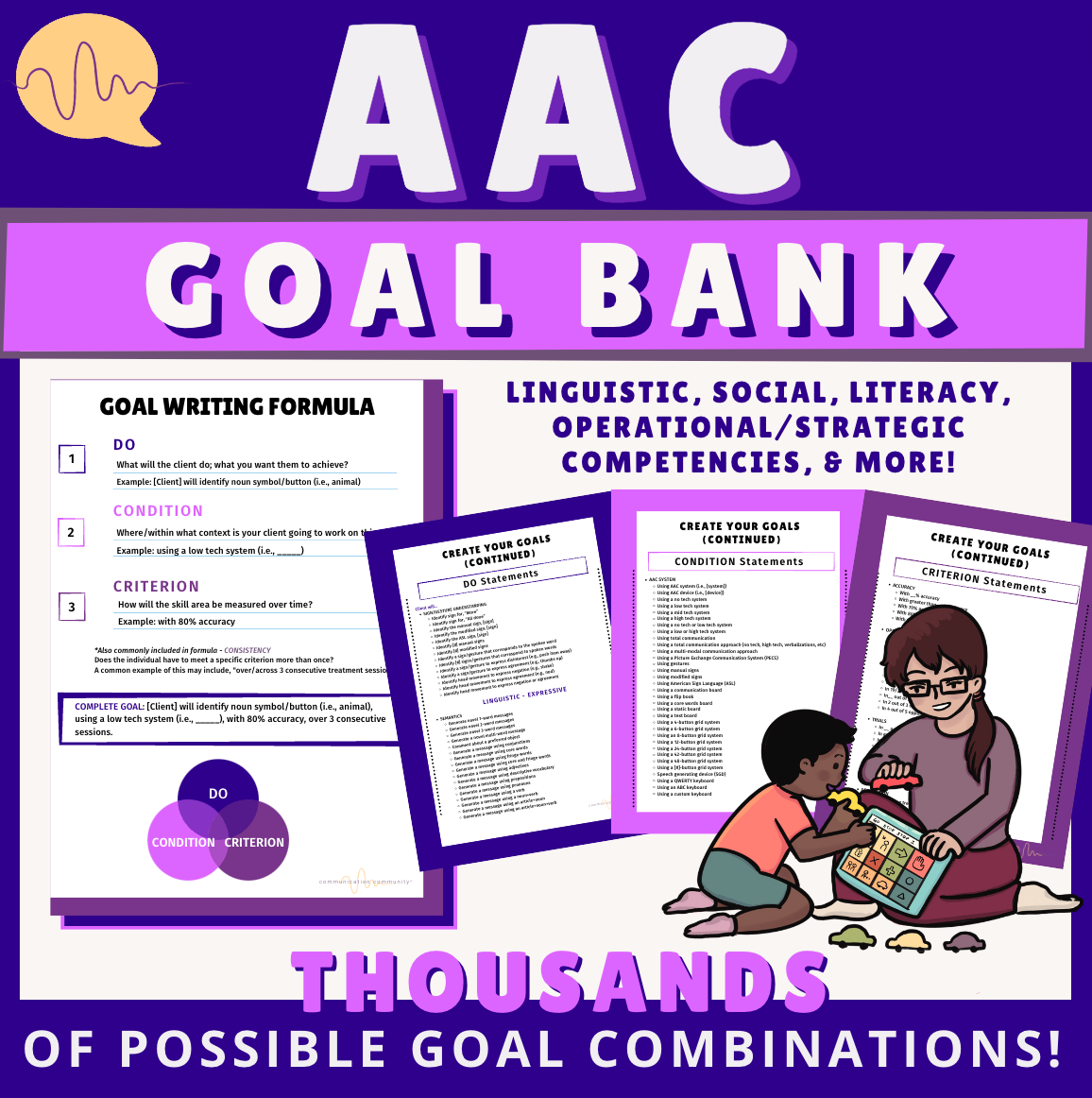
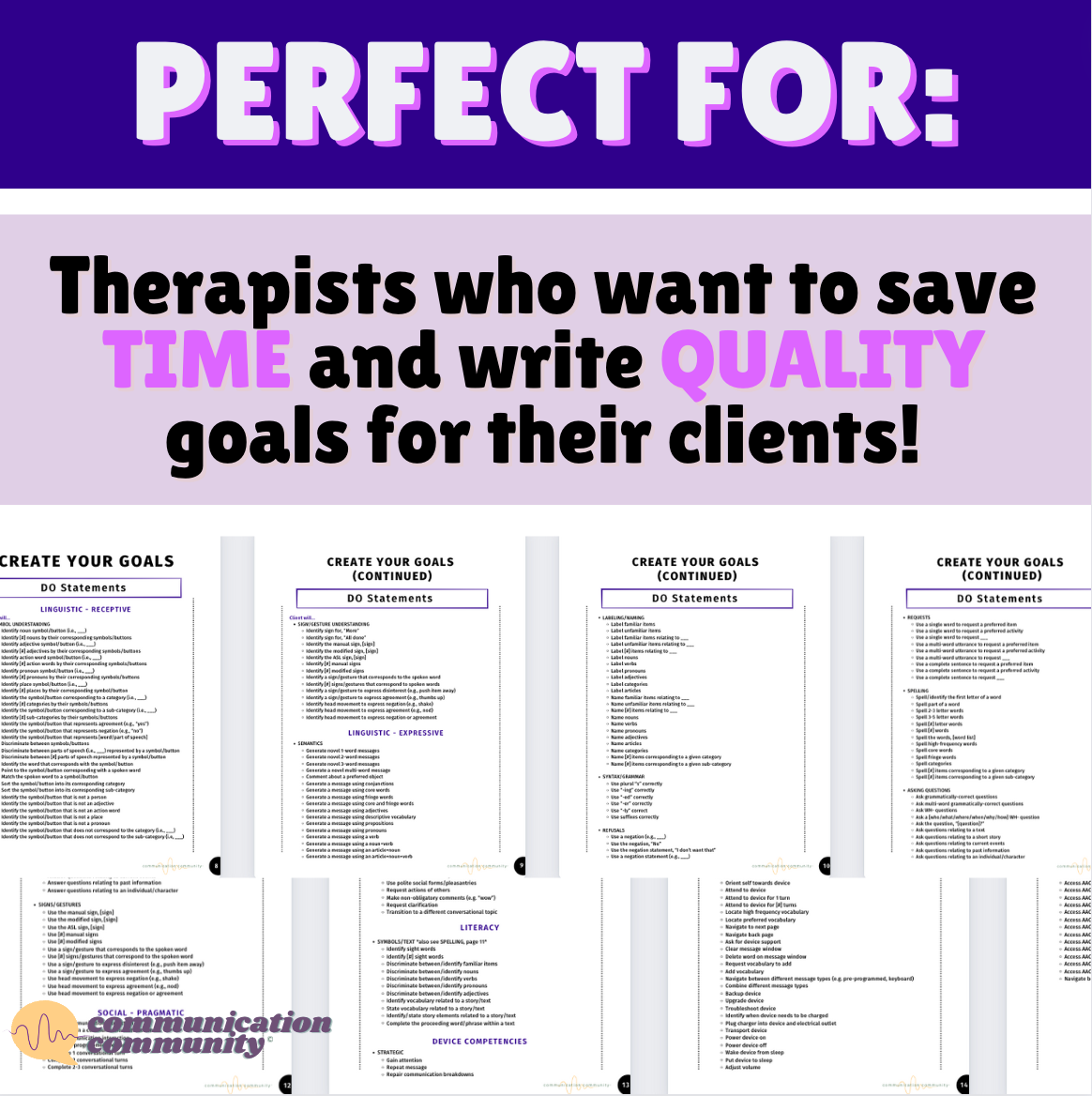
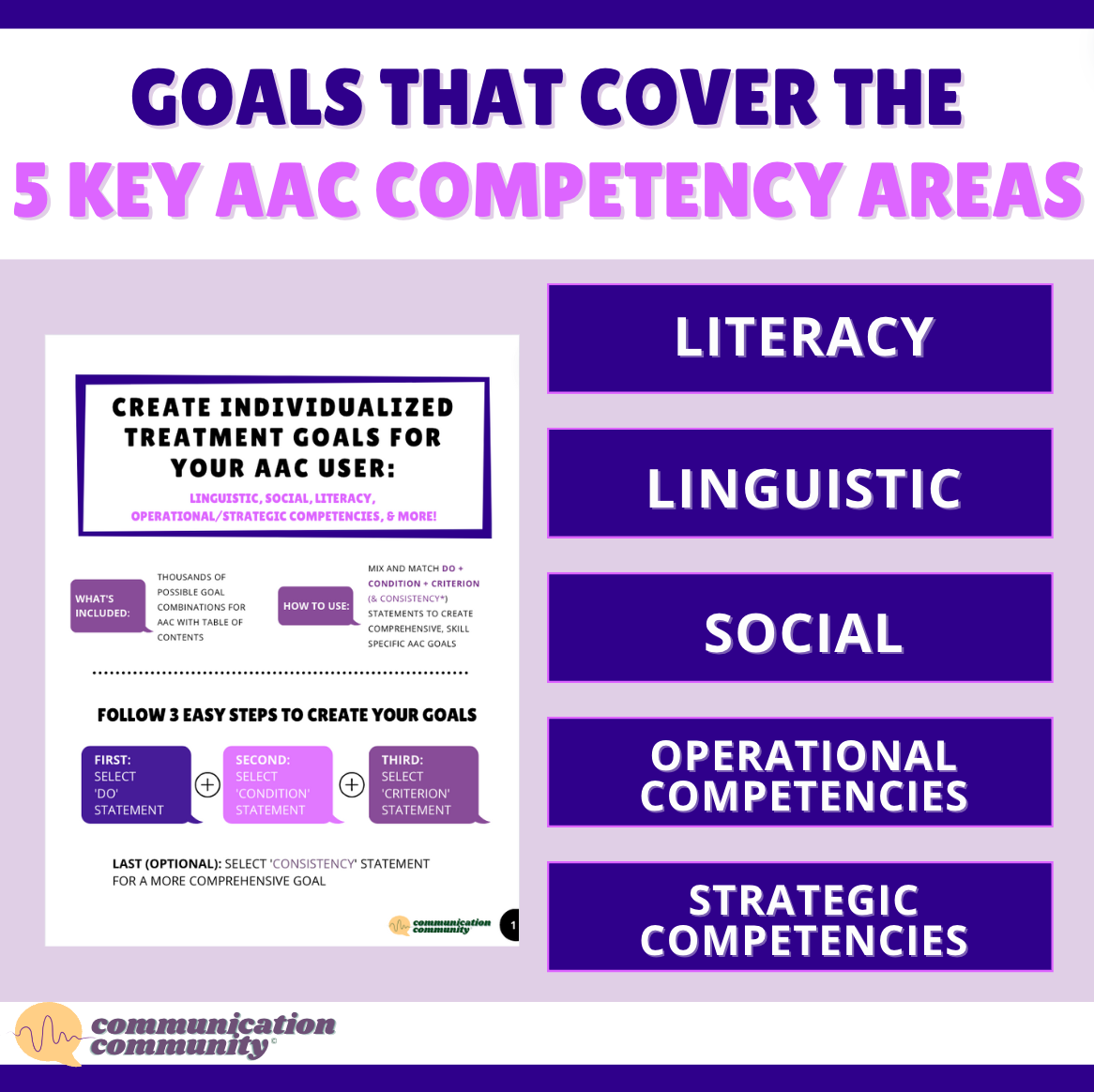
Create measurable and individualized AAC speech therapy goals for your school-aged or adult clients with this top-selling, time-saving resource.

This resource is also available for individual purchase through our TPT and Gumroad stores!
This post contains some affiliate links and we may be (slightly) compensated if you use them, but all opinions are our own. We appreciate the support!

